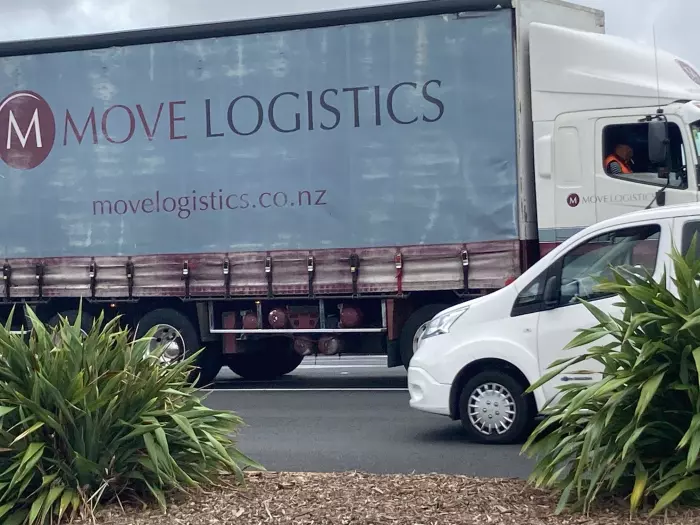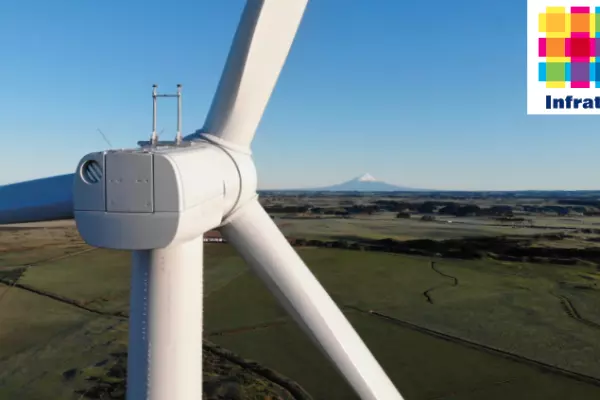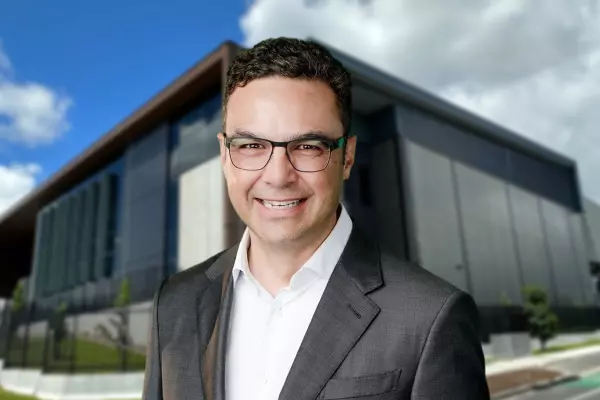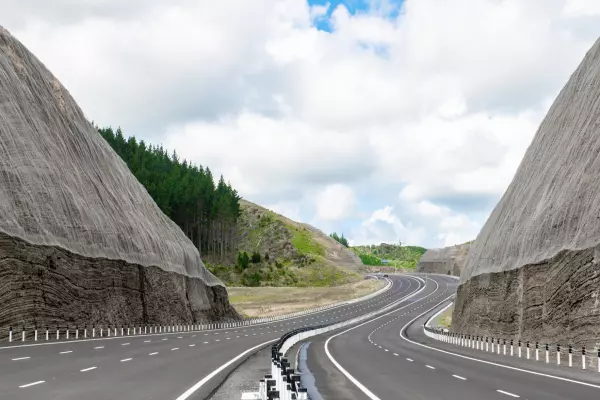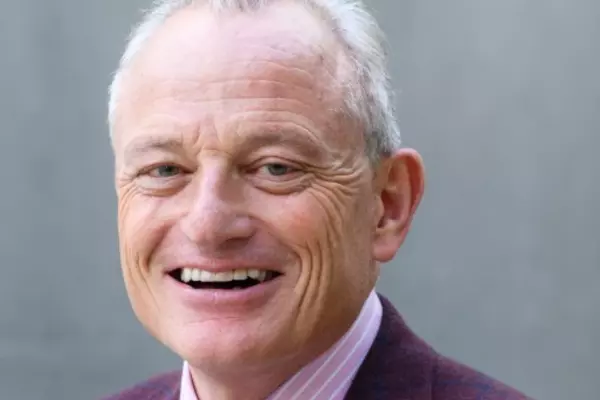Transport bosses are sceptical that the government's emissions reduction targets for the sector can be achieved.
The government’s emissions reduction plan (ERP) assumes about 50,000 diesel-powered trucks can be swapped out for low or zero-emission vehicles that do the same job by 2035.
That's despite the technology not yet being in place and the high cost of converting trucks and heavy vehicles to electric, biofuel or hydrogen, the freight industry says.
Waka Kotahi NZ Transport counts more than 26,000 transport companies in NZ, operating as many as 140,000 trucks of 5.5 tonnes or heavier.
The government’s first emissions reduction plan, released this week, says transport is responsible for 39% of total carbon dioxide and 17% of gross domestic greenhouse gas emissions.
That’s actually less than the Ministry of Transport estimates, published in its 'pathways to net zero' green paper last May, which estimated transport created 47% of domestic emissions, or about a fifth of the country's greenhouse gas creation.
The difference, explained in the ERP, is due to a “reallocation of fuel use from the transport sector to the rest of the energy sector.”
The implication is that road transport fuel efficiency is better than previously thought.
But of that, heavy transport, mostly commercial road freight, is still responsible for about 23% of the sector’s emissions.
Yet, commercial trucking gets only passing mention in the 345-page ERP, a $2.9 billion, four-year plan as to how NZ will hit its carbon budgets. This will mean trying to keep NZ's greenhouse gas emissions below 571 million tonnes in the carbon budgets out to 2030.
Optimistic targets
The main transport focus is on how to make people walk and ride their bikes, improve public transport, incentivise the uptake of low and zero-emission cars, and improve EV charging infrastructure.
The plan also allocates an initial $16 million to kick off a car scrapping initiative to get older cars off the road, trialling an initial 2,500 vehicles. Another $20m has been allocated to “accelerate the decarbonisation of freight transport”.
The ERP is targeting a 35% reduction in freight transport emissions by 2035. That’s using 2005 levels as a benchmark and, while it includes rail and shipping, it excludes light vehicles and aviation.
But even the “most optimistic” baseline modelling in last May’s green paper issued last April suggests transport emissions won’t reach a 30% reduction in transport emissions until 2038.
National Road Carriers chief operating officer James Smith, said the industry recognises it needs to reduce emissions, but trucks were “big-ticket items”. One of the biggest issues facing operators who want to transition to low or zero-carbon is the lack of “real world” data on the costs over the life of alternative fuel options.
Who's footing the bill?
“The initial purchase price difference is significant, and existing EV options are about three to four times the cost of a diesel if you can get one at all.”
The Mitsubishi-made Fuso eCanter, for example, comes in at an imported cost of $290,000, compared to the diesel version at $85,000.
Smith said line-haul vehicles tend to start in the $500,000 region up to $1m and so "they are long-term investments."
This leaves the big question of who will pay. “The customer doesn’t want to foot the bill."
Smith said there are several things the government can do to encourage emissions reduction in road transport. This could include applying different depreciation rates to lower-emitting trucks, a model followed in Australia.
The association’s 1,800 members would also like clearer guidance regarding biodiesel options, as well as more investment in the infrastructure required to support alternative fuel trucks.
This would include increasing the capacity of the electricity grid and a fast-charger network capable of charging trucks.
Also, because EV trucks are heavier and their range is limited, an option is ‘battery swap’ trucks, which are becoming popular in China.
This would mean setting up stations where trucks could swap batteries, instead of stopping to recharge.
Larger companies including Mainfreight, Toll and Move Logistics are piloting options like this. Move has also ordered its first two hydrogen vehicles, due for delivery this year.
Research needed
There was also a question about the current fleet and the investment made in it.
Smith said some conventional diesel trucks can do 260,000 kilometres per year, so that could "easily run" to more than 1 million kilometres for their first five years.
“You’d pull that off that run and step it down to lighter regional work, but the truck could still have another 25 years of life.”
“But we haven’t gone anywhere near that cycle with electrics, but there’s concern that with technology advancing at such a pace that your investment is obsolete in a few years.”
Nick Leggett, chief executive of Ia Ara Aotearoa Transporting NZ, said the industry would like to see quality standards for imported trucks improve, with a focus on bringing in more Euro 6 standard vehicles.
At the same time, additional investment in research and development also needs to be put in place, he said.
“These are real capital costs for any business and they’ll be staged and this can only happen over time. There needs to be recognition of that.”
Says Smith: "if we want 50% or more of our trucks to be zero-emission, then we only have a few years to get that right. That's quite a stretch."
EV costs going up
Meanwhile, prices for EV cars and trucks are likely to continue ratcheting up. That’s as the price of EV batteries is rising on the back of spikes in lithium, cobalt and nickel, which saw cathode materials more than double in cost to March 2022.
A report by S&P Global Mobility says global EV battery installation will hit 1.0 to 1.1 terawatt-hours by 2024, or a compound growth rate of between 30% and 40% over the next three years.
Globally, that’s largely driven by decarbonisation regulations to encourage EV uptake – much like those NZ is now embarking on.
Regulators in China, Europe and the US are also using purchase subsidies and tax deduction schemes to woo customers.


